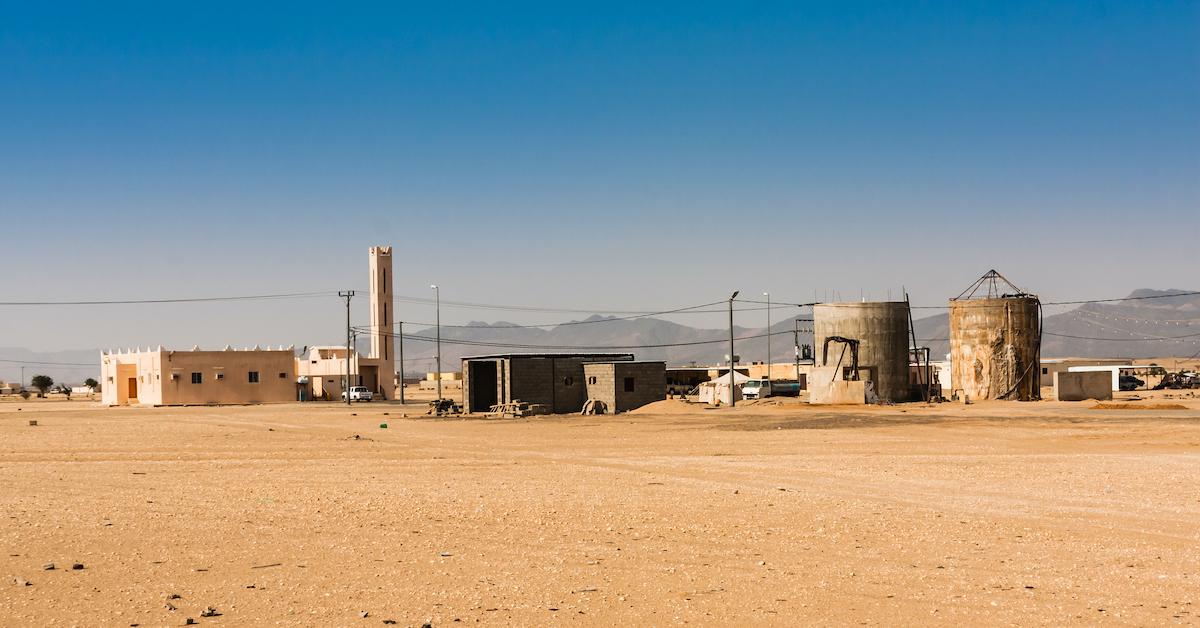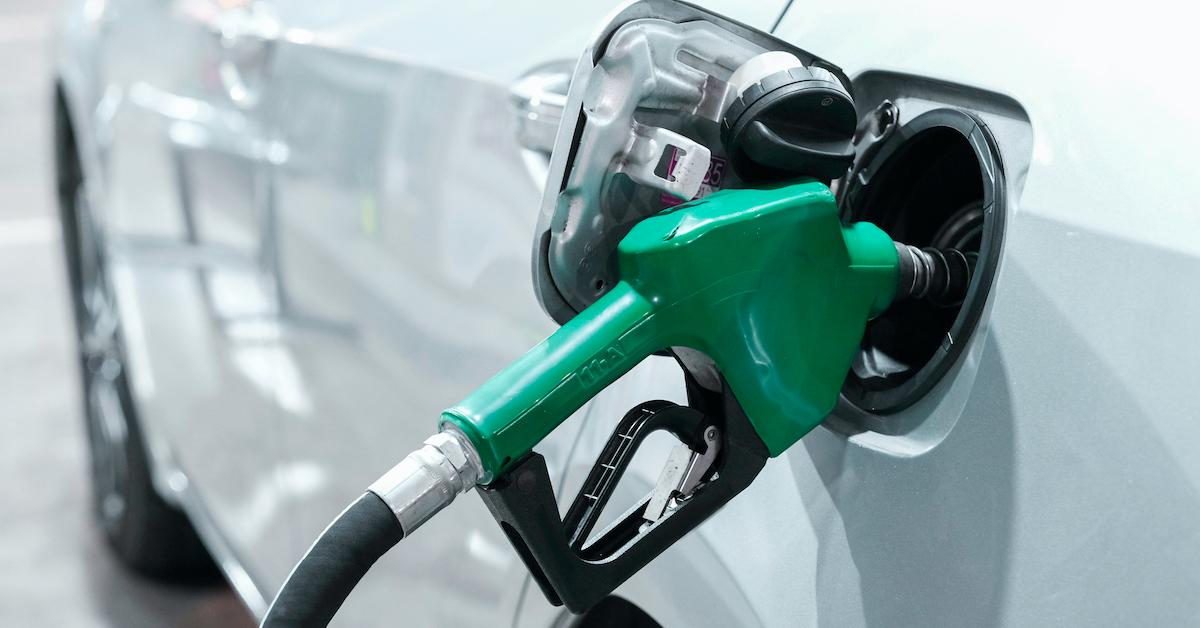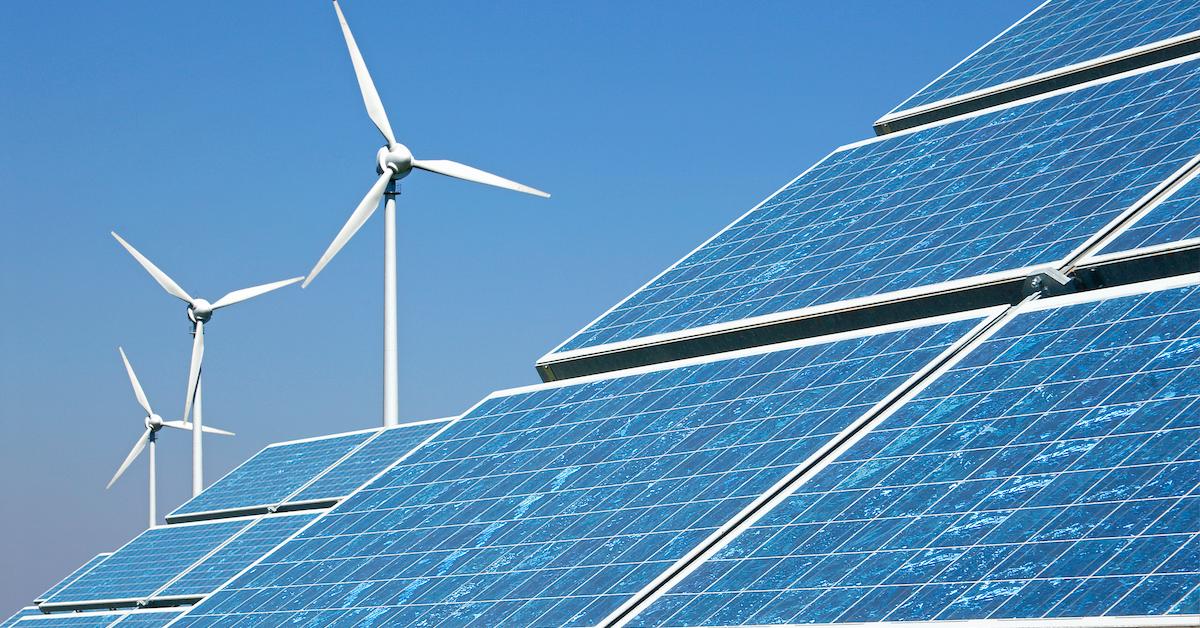Green Hydrogen: What It Is, How It Stacks up Against Blue Hydrogen, and More
Updated Sept. 22 2023, 11:56 a.m. ET

Amid the ongoing climate crisis, several countries across the globe have (finally) started to look into actually shifting to renewables as a permanent energy source. While geothermal energy, solar energy, and wind power have shown promise, scientists are constantly searching for bigger and better sources of clean energy to replace fossil fuels.
In 2020, the U.S. gas company Air Products & Chemicals, Inc. announced they were building a green hydrogen plant as part of Neom, a city megaproject in Saudi Arabia created as a "response" to global issues. The goal of the city is, in part, to be run by clean energy — but what is green hydrogen? And what's the difference between green hydrogen and blue hydrogen? Here's what you should know .

What is green hydrogen?
Green hydrogen has been deemed a promising fuel alternative that's could ultimately change the game in transitioning to renewable energy. CNBC defines green hydrogen as "hydrogen produced via the electrolysis of water, with the electricity used in the process coming from renewable sources like wind and solar," meaning it's fully renewable. And the best part — it's clean. Apparently, it can be used for anything, from transportation to industrial production.
In the European Union (EU), green hydrogen is viewed as a saving grace in the realm of fuel sources, to fully decarbonize and ultimately meet their goals. As of 2020, the EU was aiming to install 40 gigawatts of renewable hydrogen electrolysers, and to make upwards of 10 million metric tons of renewable hydrogen by 2030.
“Even with a multitude of challenges that await the nascent green hydrogen market, we firmly believe there will be some form of low-carbon hydrogen economy soon,” said Ben Gallagher, a senior research analyst at Wood Mackenzie, a renewable energy research and consultancy group. “Given the degree of explicit policy, corporate and social support that has blossomed in 2020, green hydrogen will successfully scale and realize huge production cost declines.”

Green hydrogen vs. blue hydrogen: what's the difference?
The difference between green and blue hydrogen is actually in the name. As previously mentioned, green hydrogen utilizes a process of electricity combined with renewable resources to create the hydrogen called "electrolysis," therefore making it "green."
Blue hydrogen, on the other hand, is produced from natural gas in a chemical process called "reforming," per Ibderola, where the natural gas is mixed with steam and other catalyst to produce hydrogen and carbon monoxide. Water is then added to that mixture, turning it into carbon dioxide and hydrogen.
Sadly, while blue hydrogen as an end result is clean energy, it still requires fossil fuels to create, making it less than ideal as a renewable energy source. Meanwhile, as of 2023, the biggest downside to green hydrogen is the price — which, according to Hydrogen Insight, could cost around $3 per kilogram.
Although it may initially be a pricey shift, and despite the fact hydrogen is apparently difficult to store, it certainly sounds like a great alternative to the dirty, non-renewable fossil fuels we're currently relying on.
This article, originally published on Nov. 13, 2020, has been updated.